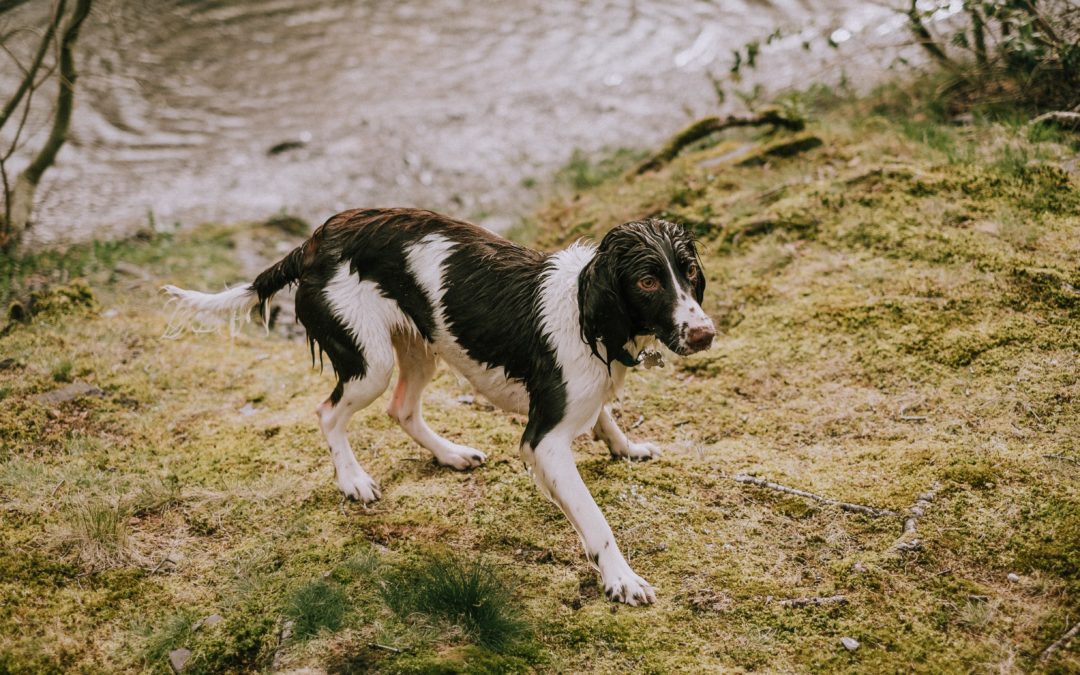April Showers bring May….Leptospirosis Suspects
Stephanie Fowler, MLAS, LVMT, RLATg
‘Tis the season of beautiful flowers, fresh green trees, coats of yellow pollen, and suspected cases of Leptospirosis. This article will give an understanding of what exactly is so dangerous about Leptospirosis and where it comes from. We all give the flea, tick and heartworm preventive talk to clients, but how about we talk about whether or not their pet should be vaccinated against Leptospirosis. Leptospirosis is a deadly gram-negative spirochete bacteria infection. Just that statement sounds scary, right? Well, it is a scary bacteria. Usually, we see cocci in ear cytologies and even sometimes rods (in the more severe cases) in our daily hospital visits.
Why is a spirochete so scary? What is different about it? The spirochete has flagella on each end. This allows the bacteria to move in viscous fluid, like cutaneous fluid, where other bacteria cannot move like that. So they can travel all over the body!
Unfortunately, the signs and symptoms of Leptospirosis are so widely varied, it can mask itself as other diseases. Therefore, it is important to always wear gloves when dealing with any bodily fluids from pets. Whenever you are cleaning a soiled bed, performing a physical assessment (including taking vitals), or dealing with any type of trauma where the patient is experiencing hemorrhage or actively bleeding, you must wear gloves to protect yourself from the unknown.
How do animals get Leptospirosis? They can get Leptospirosis from the ingestion of wildlife carcasses or drinking from infected water. Leptospirosis likes to set up camp in the renal tubules, so the bacteria is most commonly spread through urine. As we all know, not all animals have a lavatory to use. They go anywhere they are standing, including creeks, rivers, and streams. So, when you can ask clients if they enjoy taking their dog with them on hikes or kayaking trips, you may want to consider recommending a Leptospirosis vaccine to be included in their annual visits.
There are a few key points to focus on when educating clients on Leptospirosis. For example, Leptospirosis vaccines should be given separately from other vaccines to monitor for any type of vaccine reaction. Leptospirosis vaccine reactions have been especially prevalent in dachshunds. Be sure to educate clients that the bacteria can be treated with a simple antibiotic like Doxycycline, but will unfortunately be spread in the patient’s urine for sometimes up to a duration of years. Last, the peak times to see Leptospirosis cases are 1-2 months post rain season. Here in Chattanooga, Tennessee, the most rainfall occurs in March. April and May will be our peak Leptospirosis case months.
In closing, Leptospirosis is a very dangerous bacteria that can go places no other bacteria can travel. This allows it to travel all through the body. It is important to educate clients who have animals that hike, camp, or are just exposed to any wildlife become vaccinated. Educate why it is important and not just tell them it is important. The more you educate clients, the better they will understand. Happy summer to everyone!

